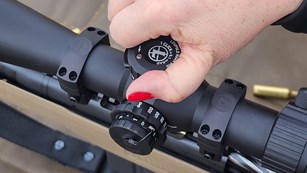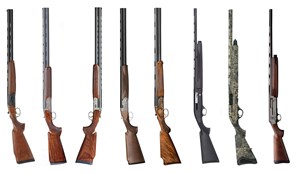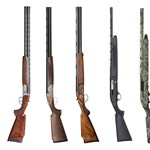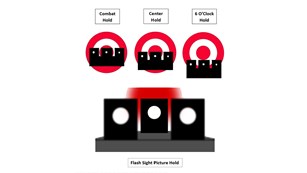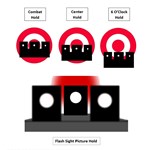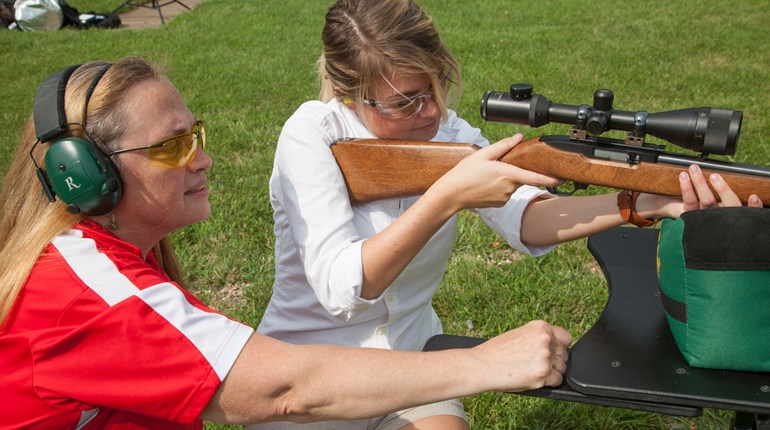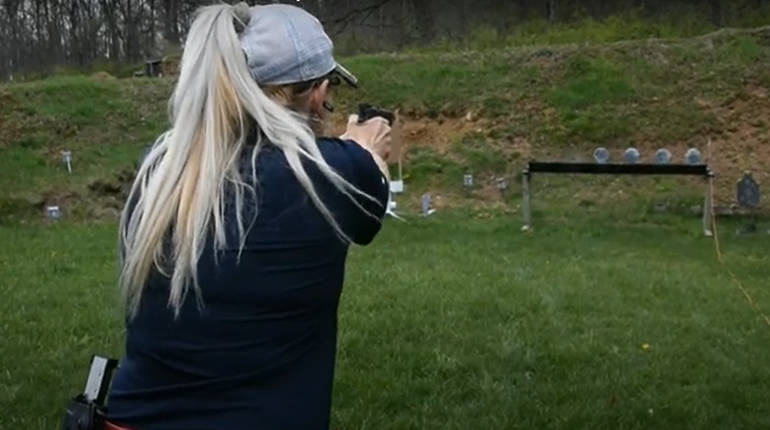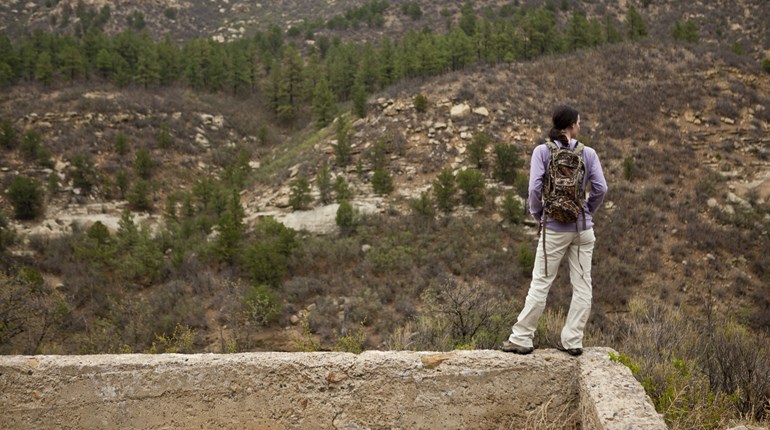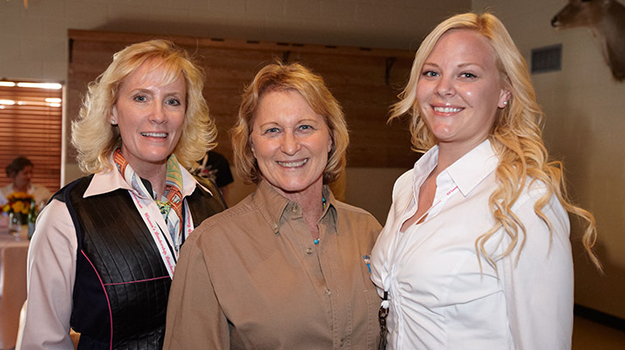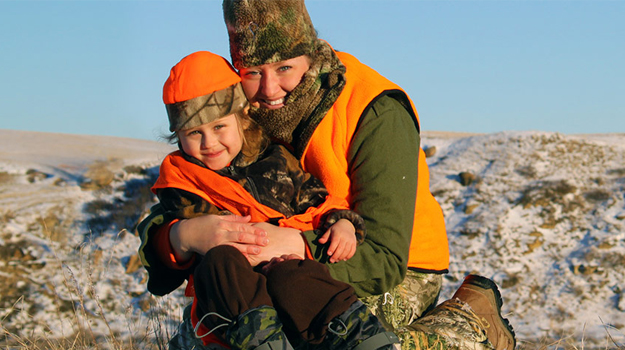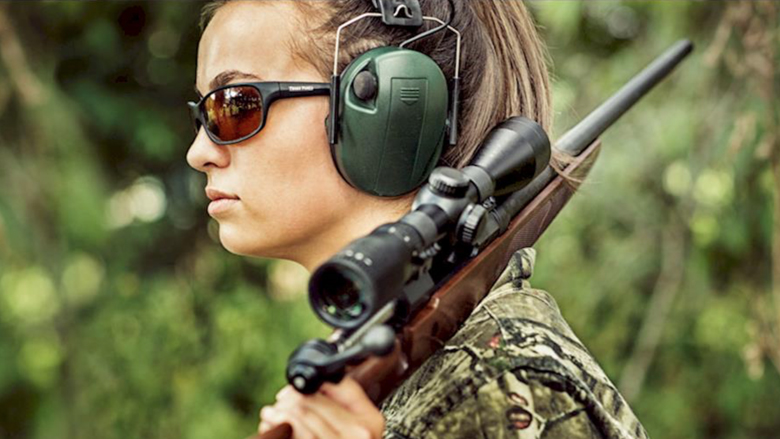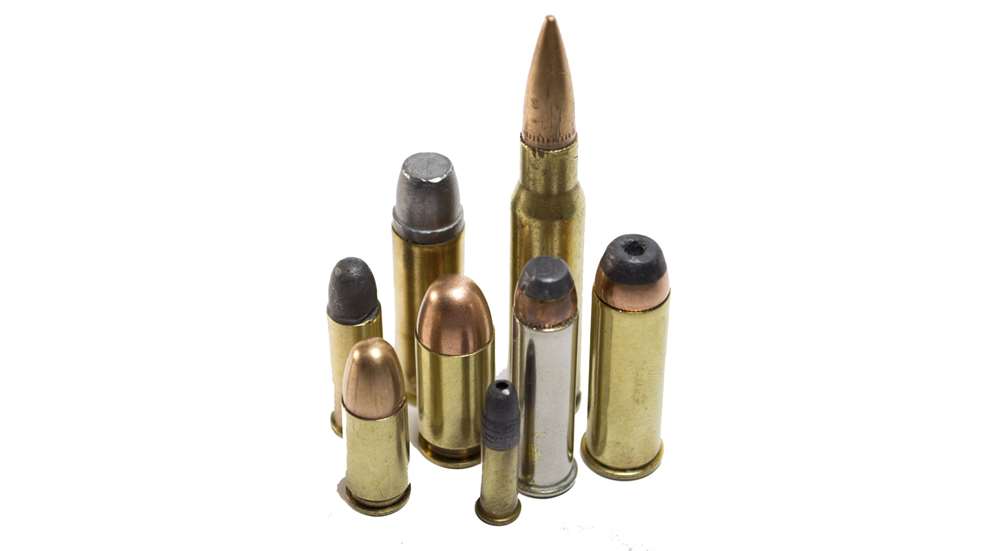
As a firearms instructor for more than 25 years, I have seen a definite shift in attitude about bullet weight and muzzle velocity, especially in self-defense cartridges. There was a time when heavy bullets were the cartridge of choice for self-defense or hunting rounds. Now the trend is for smaller bullets. When comparing the cartridges, we look at bullet weight in grains and velocity in feet per second (fps).
Self-defense rounds vary greatly between relatively small cartridges, such as the 9 mm, and the larger calibers, such as the .45 ACP. The same goes for hunting rounds. For example, a 9 mm (9X19) has an average bullet weight of 119 grains and a muzzle velocity of 1,200 fps while a .45 ACP has an average bullet weight of 230 grains and a muzzle velocity of 850 fps.

Because of the difference in bullet weights and velocities, firearms made for these calibers must be designed to handle these specifications. For example, the average twist rate of a 9 mm barrel is a 1:10” while the twist rate of a .45 ACP is 1:16”. This means that the 9 mm round makes one complete rotation in 10 inches, and the .45 ACP makes one complete rotation in 16 inches. Twist rates are determined by the optimal performance of a caliber, including bullet weight and velocity.

Early in my career, some of the common self-defense rounds were .45 ACP (230 grains/840 fps), .45 Colt (250 grains/738 fps), .40 S&W (180 grains/985 fps), and .38 Special (158 grains/940 fps). Now the 9 mm (9X19) (115grains/1,200 fps) for self-defense is by far the most popular. For example, in Texas, it has only been within the last 10 years that larger law enforcement agencies allowed their officers to carry a 9 mm service pistol.
The common hunting rounds early in my career were .30-06 Sprg (165 grain/2,800 fps), .308 Win (165 grain/2,700 fps), and .300 Win Mag (180 grain/3,000 fps). Today, the popular hunting rounds include 6.5 Creedmoor (129 grain/2,940 fps); .300 Blackout (125 grains/2,200 fps); and 5.56 NATO (55 grains/3,130 fps)
In my NRA firearm classes, I find that there are two schools of thought when it comes to caliber size and muzzle velocities: Baker and Keith; and Bell and O’Connor.
Baker and Keith School of Thought
Sir Samuel Baker (1821-1893) was one of the most well-known hunters and writers of the mid- to late 19th century. Sir Baker is responsible for the rise of the high-end gun manufacturer Holland and Holland, teaming up with Henry Holland to develop some of the most popular large calibers of the time.
Elmer Keith (1899-1984) was one of the most well-known gun writers, hunters and cartridge designers in the early- to mid-20th century. Elmer Keith was sought out by large gun manufacturers such as Smith & Wesson and ammunition manufacturers such as Remington to develop large caliber cartridges such as the .44 Remington Magnum. Both men shunned the smaller calibers for hunting and advocated for large, heavy cartridges with high muzzle velocities.
Bell and O’Conner School of Thought
The second school of thought on cartridges is the preference of small cartridges for hunting. This is sometimes referred to as the famous ivory hunter, Walter Dalrymple Maitland Bell (W. D. Bell), often referred to as Karamojo Bell (1880-1954) and Jack O’Connor (1902-1978) school of cartridges. Karamojo Bell was one of the most famous ivory hunters and writers of the early 1900s. The amazing part of his hunting style is that he preferred the relatively small cartridge, a .275 Rigby (7X57) Mauser rifle for taking these behemoths.
Jack O’Conner is another pioneer of smaller cartridges for hunting. O’Conner was one of the best-known hunters and writers of the mid- to late 1900s. His firearm of choice was the .270 Winchester. O’Conner is often credited with saving the .270 Winchester from becoming a lesser known or even an obsolete cartridge. This is because many hunters of the time believed large calibers are needed to take large game animals. Both men were proponents of smaller cartridges when hunting large game for quick follow-up shots.
Heavy Bullets vs. Light Bullets
There are several pros and cons for heavy bullets and light bullets. Heavy bullets tend to have more felt recoil than do lighter bullets. The downside of a lighter bullet is that it loses its energy faster than a heavier bullet. The fact that a lighter bullet produces less felt recoil is its primary advantage.
Heavier bullets usually have more advantages. First, they retain more energy for a greater distance than lighter bullets. Second, heavier bullets travel in a straighter path through a target and are less likely to be deflected by a bone. Lastly, heavier bullets hit their target with much more energy than lighter bullets.
Velocity
The speed or velocity of the bullet greatly affects its performance. There are two main benefits to higher velocity bullets: deeper penetration, and a flatter trajectory.
Velocity is affected by the powder charge and the weight of the bullet. This means that a heavier bullet must have a greater powder charge to achieve a higher velocity. Lighter bullets do not have to have as large of powder charge to achieve higher velocities. The result can be higher felt recoils. A larger bullet with a higher powder charge has a much more felt recoil than a lighter bullet with less powder in the case.
It is important to remember that if your velocity is too high and you are using a lighter bullet, you could lose some of the energy needed to immediately take down your target. This means that if your high velocity bullet exits your target, it is taking much of its energy with it. Energy equals knockdown power. This energy starts at the muzzle.

Muzzle Energy
Muzzle energy is the amount of kinetic energy, or in other words, the bullet’s destructive qualities when it leaves the barrel. Generally speaking, a heavier bullet has more muzzle energy than a lighter bullet and a bullet with a faster velocity has higher muzzle energy than a slower bullet. Muzzle energy is important because it affects distance and penetration.
It is important to remember that when you double a bullet’s weight, you double the muzzle energy. When you double a bullet’s velocity, you quadruple the muzzle energy. Because higher velocity effects muzzle energy and the trend is for smaller cartridges for both hunting and self-defense, many manufacturers are producing smaller cartridges with higher velocities.
It does not matter whether you are hunting or carrying a gun for self-defense, the end goal is the same. You want to stop the target whether it is making a quick, clean and ethical kill on the game you are hunting or stopping a threat to you or your family. It matters how well you handle your firearm.
Recoil is the biggest factor in hitting your target. Recoil is affected by bullet weight and velocity. Training can help you minimize felt recoil. The perfect combination for hunting or self-defense is to use the largest caliber and velocity you can handle for intended use. Larger targets need larger bullets and higher velocity. This can be summed up by the renowned author, Robert Ruark, in his bestselling book, “Use Enough Gun!”
